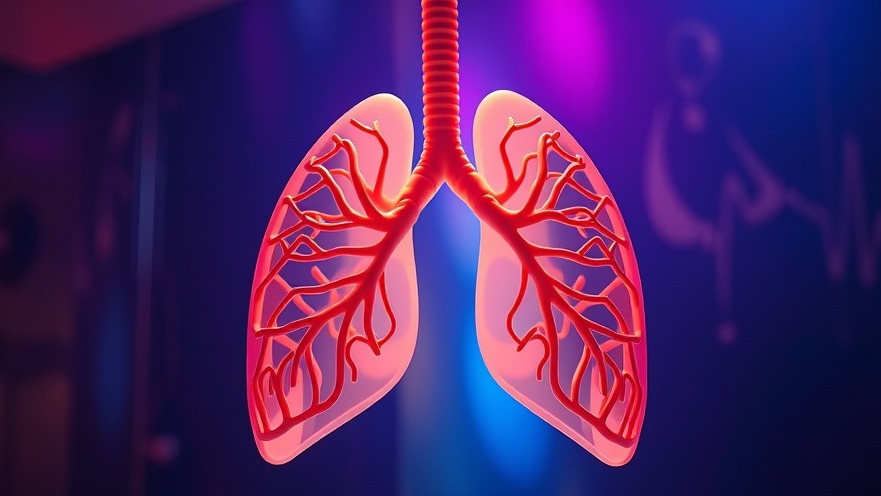
Revolutionizing Respiratory Health with 3D Lung Models
Respiratory diseases remain a formidable challenge in medical treatment, particularly when it comes to the efficacy of inhalable medications. As advancements in technology evolve, so too does the potential for innovative solutions. A recent breakthrough from the University of Delaware introduces a cutting-edge 3D lung model designed to significantly enhance our understanding of aerosol delivery systems.
Understanding the Importance of Aerosol Delivery
Aerosol delivery involves the transportation of microscopic particles through inhalation into the lungs, an approach commonly used for asthma and chronic obstructive pulmonary disease (COPD) therapies. According to Catherine Fromen, an Assistant Professor at the university, “Knowing how deeply inhaled particles penetrate the lung is critical to determine the effectiveness of these treatments.” Unfortunately, many traditional inhalable medications adopt a one-size-fits-all design that does not account for the vast individual variations in lung structure and function.
Innovative Features of the 3D Lung Model
The development of this 3D lung model stands out because it successfully mimics intricate breathing dynamics akin to those observed in humans. It replicates realistic lung motion and incorporates innovative lattice structures that mimic the lung's complex airway networks. These features enable the model to evaluate aerosol behavior across diverse breathing scenarios, thus supporting personalized aerosol therapy tailored to individual patient needs.
Delivering Results: The Research Process
The research team employs a meticulous, multi-step process to analyze aerosol distribution within the model. By using fluorescent markers, they are able to track the deposition of aerosol particles, creating heat maps to visualize where they settle within the lung structure. This is crucial, as the results can lead to improved formulations designed to target distinct areas of the lungs and optimize therapeutic effectiveness.
Advantages of Personalized Treatment Approaches
One of the most promising aspects of the 3D lung model is its potential to facilitate personalized medicine. The existing clinical trials often fail to grasp how specific patient traits influence medication delivery. For instance, a patient suffering from severe COPD may breathe differently than a healthy individual, leading to variations in how effectively medication reaches its destination inside the lungs. The new model addresses these differences, paving the path for tailored treatment plans.
Broader Implications Beyond Pharmaceuticals
Interestingly, the implications of the University of Delaware’s lung model extend beyond just pharmaceutical development. The research offers valuable insights into environmental health risks by assessing how harmful particles—such as toxins and pollutants—travel within the lungs over time. Understanding this exposure could be critical for preventing harmful health effects associated with environmental hazards.
Looking Ahead: Future Research Directions
The ongoing research with the 3D lung model emphasizes adaptability. The team aims to broaden its application, accommodating different disease states such as asthma attacks or changes during exercise. This versatility holds promise for enhancing clinical trial methodologies, where understanding aerosol deposition is just as vital as evaluating the efficacy of treatments.
Moreover, the shared open-source nature of the design encourages collaboration, enabling clinicians to provide priority profiles that can inform future models, and pharmaceutical developers can use the insights to refine their therapies.
Conclusion and Next Steps in Research
The continuous development of this groundbreaking model illustrates a significant leap forward for respiratory disease management, emphasizing precision medicine's increasing value. As researchers gather more insights into aerosol behavior within this innovative framework, the hope is that not only will we see improved drug delivery systems, but also a transformative change in how we approach treatment for pulmonary health challenges.
Act Now: Stay informed by integrating these innovations into your practice and explore how the advancements in aerosol therapy can impact your patients’ care. Following the latest research will better equip you to make informed decisions that benefit your patients.
 Add Row
Add Row  Add
Add 






Write A Comment